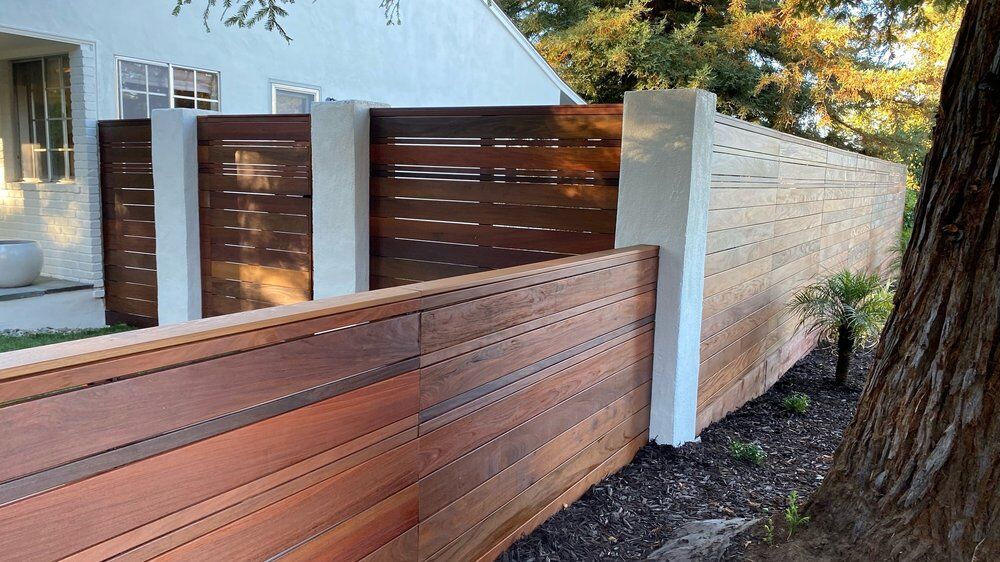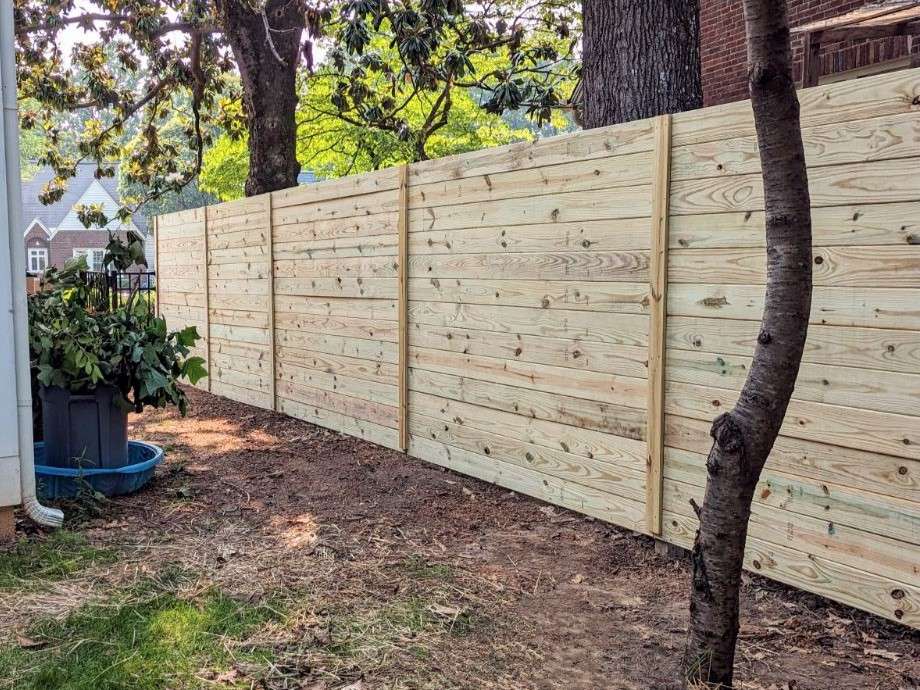All Categories
Featured

As sustainability ends up being a concern for companies and home owners alike, the need for green items, including secure fencing products, has actually risen. Traditional fence options such as vinyl, steel, and wood can have unfavorable environmental effects, yet there are now numerous eco-conscious alternatives to take into consideration. Picking environmentally friendly secure fencing materials not only helps in reducing your carbon impact however likewise adds to a more lasting and natural environment.
- Bamboo Fence. Bamboo is one of one of the most green secure fencing alternatives readily available. Known for its fast development and marginal ecological impact, bamboo is a very renewable energy. Unlike traditional woods, bamboo can be collected in a few years and grows back promptly, making it a sustainable option for fencing. It's strong, sturdy, and resistant to pests, providing a fashionable and natural choice for property owners.
Perks: Bamboo is fast-growing, light-weight, and sustainable. It calls for fewer fertilizers and pesticides compared to other plants, making it a low-maintenance choice. Factors to consider: While bamboo is sturdy, it might require regular maintenance to shield it from weathering and natural wear. It can likewise be prone to breaking in chillier environments. 2. Recycled Products. Fencings made from recycled materials are becoming increasingly preferred as an eco-friendly choice. These fencings are made from post-consumer plastic, reclaimed timber, and other recycled materials, maintaining waste out of landfills. Utilizing recycled materials reduces the need for new raw resources, decreasing environmental deterioration.

Benefits: These fences help in reducing waste and preserve natural resources. They are likewise commonly low-maintenance and durable. Factors to consider: While recycled fencings can be resilient, the appearances may not always match standard fence alternatives. Numerous designs are now readily available that mimic the look of timber or stone. 3. Compound Fence. Composite secure fencing is made from a blend of recycled timber fibers and plastic, using the appearance of wood without the ecological effect. Lots of composite fencings are made from recycled web content, further boosting their green condition. These fencings are durable, call for very little upkeep, and do not need to be treated with unsafe chemicals like traditional wood fencings.
Perks: Compound fencings are durable, resistant to rot, and need little upkeep. They also offer a similar aesthetic to wood without deforestation worries. Factors to consider: While they are low-maintenance, composite fencings may be more expensive than traditional wood or vinyl choices. The manufacturing procedure can additionally be energy-intensive. 4. Cedar and Redwood Fencing. Cedar and redwood are natural timber products that are commonly thought about extra environment-friendly contrasted to various other woods. These sorts of wood are normally immune to degeneration, bugs, and wetness, which decreases the demand for chemical treatments. Additionally, these trees are grown in sustainable woodlands, ensuring that they are gathered responsibly.
Perks: Cedar and redwood are both long lasting and normally beautiful materials. They offer natural resistance to insects and rot, which helps in reducing the requirement for chemical therapies. Factors to consider: These timbers can be a lot more expensive than various other choices. They likewise need occasional upkeep, such as tarnishing or securing, to make sure long life. 5. Living Fences (Hedges and Hedges) Living fencings, made from trees, hedges, or bushes, are an environment-friendly alternative that also supplies natural privacy and visual appeal. Plants such as privet, boxwood, bamboo, and arborvitae are commonly utilized for producing dense, green fencings. These living barriers assist with sound decrease, enhance air top quality, and offer habitat for neighborhood wild animals.
Conveniences: Living fences promote biodiversity, enhance air top quality, and boost the visual charm of your residential property. They also soak up carbon dioxide and contribute to a greener atmosphere. Considerations: Living fencings call for maintenance, such as trimming and watering, to ensure they grow effectively. They may not provide the same degree of safety and security as traditional fencing materials. 6. Stone and Reclaimed Brick Fencing. Stone and recovered block fences are another green choice. These products are long lasting, require very little upkeep, and have a lengthy life expectancy. When reclaimed from old buildings or structures, they assist decrease the requirement for new products and avoid waste from going into landfills.
Perks: Rock and brick are resilient, weather-resistant, and offer an ageless, classic visual. Recovered products additionally have a very little environmental footprint. Factors to consider: The installment of rock and block fences can be labor-intensive, and the materials might be a lot more costly than various other choices. The long-term durability and low upkeep costs can make them a rewarding investment. Final thought. Selecting a green fence product is a clever method to lower your ecological impact while improving your residential or commercial property's personal privacy and visual charm. Bamboo, recycled materials, composite fencing, and living fences all offer sustainable options that decrease waste, save resources, and promote a greener way of living.
By picking one of these environmentally friendly fencing choices, you add to the security of the environment while developing a gorgeous, useful outdoor room. The right material will certainly rely on your choices, climate, and the level of upkeep you're eager to give, yet felt confident that there are many eco-conscious selections that align with your sustainable way of living.
Latest Posts
Learn About Leading Vehicle Maintenance Services at Montclare Auto Repair – Quality Service Today
Published en
1 min read
Why Chicago Drivers Trust Montclare Auto Repair for Reliable Service and Significant Savings
Published en
1 min read
Check Out Affordable Auto Repairs with Montclare’s Exclusive Service Specials
Published en
1 min read
More
Latest Posts
Learn About Leading Vehicle Maintenance Services at Montclare Auto Repair – Quality Service Today
Published May 31, 25
1 min read
Why Chicago Drivers Trust Montclare Auto Repair for Reliable Service and Significant Savings
Published May 26, 25
1 min read
Check Out Affordable Auto Repairs with Montclare’s Exclusive Service Specials
Published May 25, 25
1 min read